Featured
“Wrencher Revives $880K Rolls-Royce for Camping Adventure | Giga Gears”
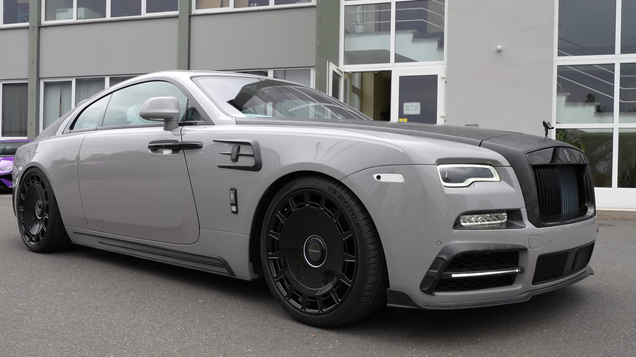
Mansory is a company not known for doing things in half measures. It’s fitted all kinds of outlandish modifications to cars like the Aston Martin DBX and the Lamborghini Urus. Now, after one of its creations was totaled by soccer star Marcus Rashford, a budding mechanic set about restoring the ruined Rolls-Royce…

“Can India Overtake China as a Global EV Leader?” | Giga Gears
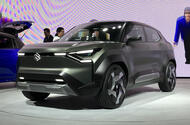
Suzuki eVX electric crossover could become one of India's most important automotive exportsJLR, Suzuki, Tata and possibly Ford are poised to export EVs from the low-cost vehicle centre of the world
Earlier this month, Tata Motors said it would build electric cars with its better-known subsidiary JLR at a plant in Gujarat, India, for export globally.
The resulting models from both brands will arrive next year, based on JLR’s EMA EV platform, which will also underpin smaller Range Rover models, including the electric follow-up to the Evoque.
Meanwhile, Ford announced that it was going to restart production at its previously mothballed Chennai facility. Rather than trying to revive its ill-fated Indian-market adventures, Ford said cars built there would be exported. No details were given, but local media reported that they would most likely be electric cars, with Europe their eventual destination.
Not far from Chennai, on the east coast, Vietnamese car maker Vinfast earlier this year broke ground on a new factory to build EVs.
Perhaps the biggest EV exporter, however, will be Indian market leader Suzuki, which has said that its first EV, to be revealed in January, will be shipped from the country to both Europe and Japan.
Previewed by the eVX concept, the crossover will spearhead Suzuki’s belated push into the EV space in the UK and rest of Europe.
So, with the world’s automotive economies worried about the global grip China has on the EV market, could India step up to become a more benign competitor?
The country certainly has ambitions in that direction and is eyeing up global leadership in the one crucial area needed to gain dominance in the EV world: batteries.
“Within five years, India will be the largest exporter of lithium ion batteries,” Indian minister of road transport and highways Nitin Gadkari boldly promised earlier this month.
The government has set up an incentive scheme to persuade companies build cell manufacturing businesses, and many are taking up the offer.
These include Tata’s new battery company, Agratas, which is also constructing a cell facility in Somerset, England, with the intent to supply JLR.
Manufacturers have used India as an export hub to Europe before, including Ford (the Ecosport and Ka+), Suzuki (Celerio and Baleno) and Jeep (Compass), but for various reasons, the country never developed a reliable vehicle export pipeline to the UK and other European markets. However, its undeniable manufacturing cost advantages could be the winning card in the competition to lower EV prices.
The UK current levies a standard 10% duty on vehicles from India, as it does from China, but could be on the verge of wrapping up long drawn-out negotiations for a free trade deal that might scrap that, along with much higher duties on British cars heading into India.
So how is India shaping up on the EV front? As the world’s most populous country and the third largest vehicle market globally, India has both the clout to reshape the automotive landscape and plenty of incentive to dump the combustion engine, what with its poor urban air quality and reliance on imported oil.
The reality, however, is that India has a long, long way to go to match China. Last year, just 82,105 EVs were sold in India, or around 2% of the market total. This compares with 5.34 million in China, or a quarter of the total.
Around two thirds of all India’s EVs are sold by one company, Tata, which now has an impressive line-up of five EV models.
The electric version of its best-selling Punch small SUV – launched in January - is the first to use its Acti.ev platform, with a 35kWh battery for a claimed range of 227 miles as measured by India’s rudimentary ARAI certification (which is very generous to EVs).
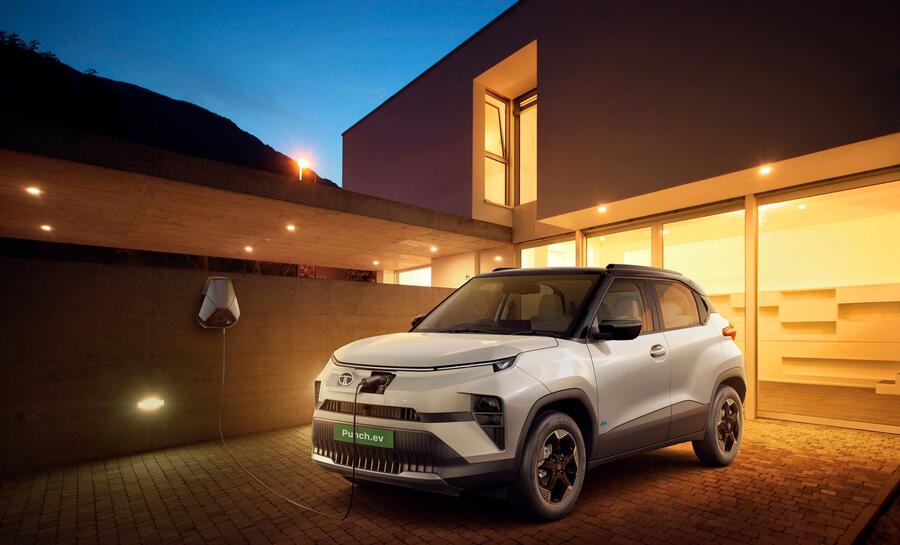
Despite its market leadership, Tata’s EV sales actually fell in the quarter to the end of June after the government ended a purchase incentive.
India’s race to become a global EV player is currently hampered by its reliance on a small pool of players, led by Maruti Suzuki, which dominates the market with small, cheap, low-tech ICE models.
Efficiency in manufacturing, localised parts sourcing and a broad dealer network are the keys to success in the Indian market, none of which encourages much innovation.
Time and time again, global players have tried to bust the monopoly held by Suzuki (around 40% of the market), along with Hyundai, Tata and Mahindra, only for the scale of the task to overwhelm them.
India also lacks the overarching state direction that has been the secret to China’s EV success. The Automotive Mission Plan 2026 published by the government in 2016 mentions EVs only six times. Contrast that with China’s successive five-year plans designed to establish a world-beating EV industry – which, after a few false starts, it arguably has now done.
The Chinese government also directed the build-up of the local battery industry to the point where China now controls much of the supply chain for refined cathode materials, particularly for the cheaper LFP chemistry.
Tensions between the two countries have also led to China to urge EV companies not to invest in India, forcing them to go on much of the journey alone.
India has had far more success in the electrification of its motorbike and scooter market – the world’s largest. Last year, around 10% of India’s 17m two-wheeler sales were electric, led by Indian firm Ola Electric Mobility. In July, sales hit 107,016, up a whopping 96% according to India's Federation of Automobile Dealers Associations (FADA).

With their urban use case and battery-swapping capability, electric two-wheelers are slotting right into Indian life, so much so that the Mitsui & Co Global Strategic Studies Institute reckons they will account for 90% of total sales by 2030, against just 20% for electric cars.
Three-wheel rickshaws are also going electric in India, with 63,667 sold in July, up 18%.
India’s electric car volumes are never going to match those of China, but for the likes of Ford and Suzuki, it could be a useful and cost-effective manufacturing hub for the crucial entry-level cars needed to bridge the current cost gap and ensure they hit emissions targets.
“Chinese Rocket Explodes During Vertical Landing Attempt | Giga Gears”
Chinese space startup DeepBlue Aerospace conducted a near-flawless flight test of its first vertical launch and vertical landing rocket on Sunday. However, the Nebula-1 reusable rocket failed the test’s final component, the landing. The rocket slammed into the pad and exploded dramatically in front of drones there to…

“New Renault 4 Reveals Boxy Design Ahead of October Launch | Giga Gears”
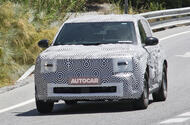
Round lights and boxy lines from the 4Ever concept remain on the production carMore versatile sibling of the new Renault 5 electric hatchback will be unveiled at the Paris motor show
Renault is putting the finishing touches on the revived 4 ahead of its unveiling at the Paris motor show.
Two late prototypes have now been spotted testing on public roads, revealing the production car’s boxy lines. Although they are heavily camouflaged, the styling from the 4Ever concept shown at the previous Paris show is clearly visible, with round LED daytime running lights up front and small, column-like brake lights at the rear.
Notably, the prototypes spotted appear to represent the bookends of the 4 line-up. One is a basic hatchback riding on steel wheels, while the other is a higher-riding crossover fitted with alloys, roof rails and prominent U-shaped body cladding along its flanks.
It’s possible that the more aggressive car is a special edition inspired by the 4Ever, which itself drew on the modified 4s that compete in the annual 4L Trophy rally.
The 4 will share the Renault Group’s Ampr Small EV platform with the reborn Renault 5 that was unveiled earlier this year. The two EVs are even set to have the same 2.54m wheelbase.
It's expected to offer the 5’s three single-motor, front-wheel-drive powertrains with outputs of 94bhp, 121bhp and 148bhp, as well as its 40kWh and 52kWh battery packs.
As previously reported by Autocar, however, the Ampr Small platform’s multi-link rear axle can accommodate a second motor, paving the way for a four-wheel-drive variant of the 4.
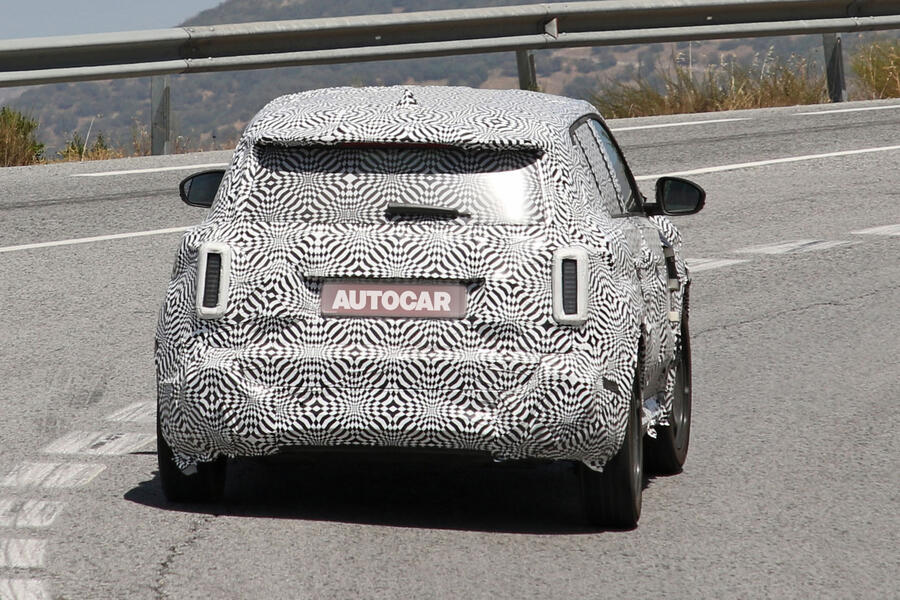
Vittorio d’Arienzo, chief engineer of the Renault Group’s small EVs, told Autocar that the 4 would also be tuned to have a distinct character from the 5.
It will trade a tad more body roll for a more compliant ride, he said, although the “funny French” wheel travel offered by the original 4 won’t be present.
Images of previous prototypes reveal that the 4’s interior will feature the same dual-screen infotainment set-up as the 5, but it’s likely to receive a different dashboard design, taking inspiration from its forebear.
Production of the 4 is expected to start next summer, following the start of customer deliveries of the 5.
Thereafter, Renault will work on its next retro revival: the new Twingo, a sub-£17,000 EV due in 2026.
“Southern California Police Face Backlash Over Costly Cybertruck Purchase”

Police departments across the country have been scrambling to be the first to purchase one of Tesla’s Cybertrucks. For whatever reason, the low-res truck appeals to law enforcement. Irvine, California looks to be the first police department in the country to have purchased the electric truck, and after it was been…

